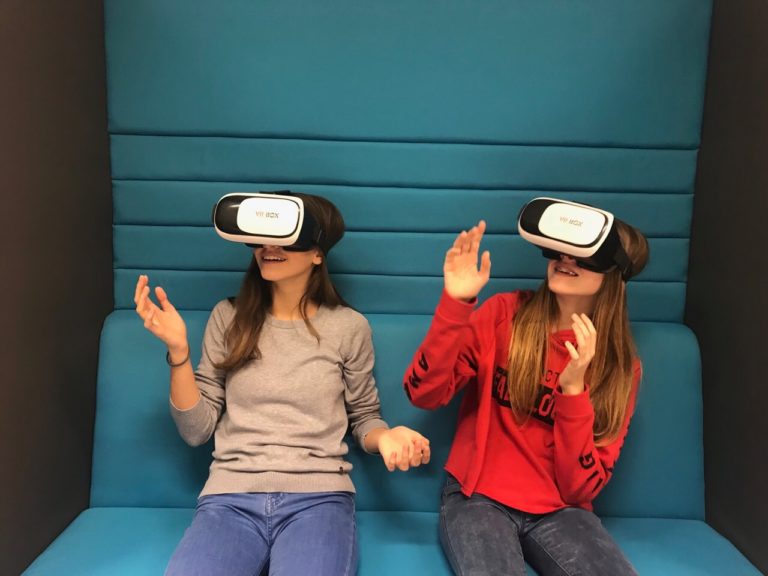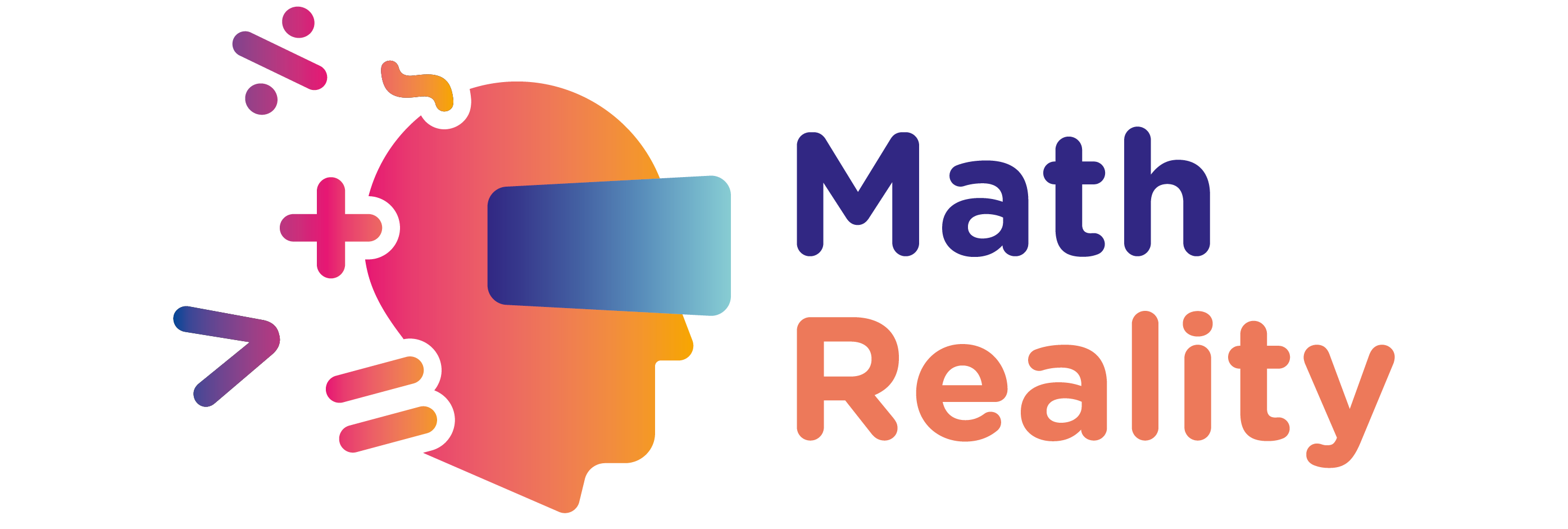Ways that Virtual Reality can change how we educate
We are aware of the speed of ICT development and its impact on development of our society. Technology is integrated in a great number of everyday activities. New technologies enable us to communicate faster and more easily, they open doors to millions of pieces of information and make our lives easier.
Today`s students use technology that changes their habits on a daily basis. It changes the way of life and actions of the whole society, and so it does for the new generations of students. Therefore it needs to be integrated in education.
Today, students can reach information anytime, anywhere; it is just „a click away“. Teachers are no longer the main source of information. But the question that arises is whether the studens can find the relevant information and if they know how to use it? What is the right way to teach new generations of students and how to train them in skills needed in the 21st century? What are the jobs they will actually do in the future?
Research shows that 60% of students who are just starting their education will perform jobs in the future which don`t even exist today. The world they will live in will surely be much different than today`s world, the existing jobs will change. As advances in technology create new job opportunities, on the other hand some jobs are disappearing as a consequence of development of technology and automatization of the process.

Technology and social trends have influence on education. It has to adapt to the needs and interests of the 21st century students, which means: using ICT and new ways of learning – communication and collaboration, and influencing the 21st century skills development – creativity and ability to adapt to changes quickly.
Integration of VR technology into education brings new and wide possibilities, but also changes the role of the teacher, who becomes the organizer of the learning process with multimedia as a tool that enables the him/her to create interactive learning environment focused on the students. VR technology can be included in everyday teaching and can be used sa a tool to enhance teaching of almost all subjects. They become more lifelike and lessons are better and more interesting. VR makes learning from experience possible.
Why should students read about something in books, without being able to visualize and understand the main point, when VR makes it possible for them to see, experience and immediately understand and remember how things work in real life, which is the best way of learning because human brain can remember only 10% of what we read, 20% of what we hear, and 90% of what we experience. This enables the students to try different things and thus find out what they are really interested in.

Source: Srednja skola Ivanec
By using VR technology in teaching and by new styles of learning, students develop creativity, independence and critical thinking. VR simulations enable the students to understand the subject more deeply and use the knowledge later in life, while VR technology in teaching motivates students to learn. However, it is clear that students should not only be entertained, but also actively included in learning which produces long term results and prepares students for fast changes and jobs of the 21st century.
Stay in touch with the project news to be up to date with the project development: @MathReality
